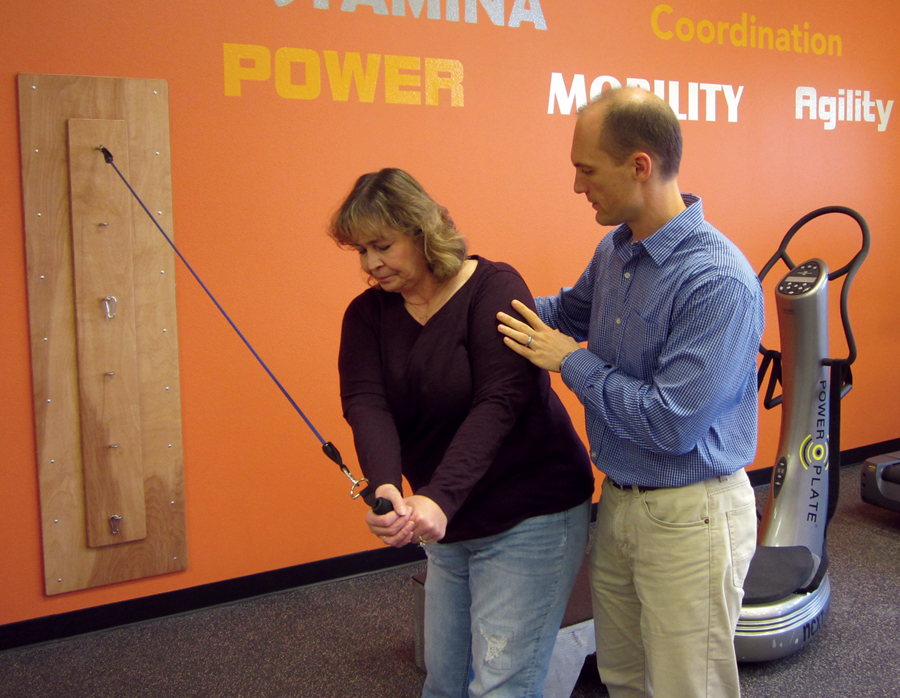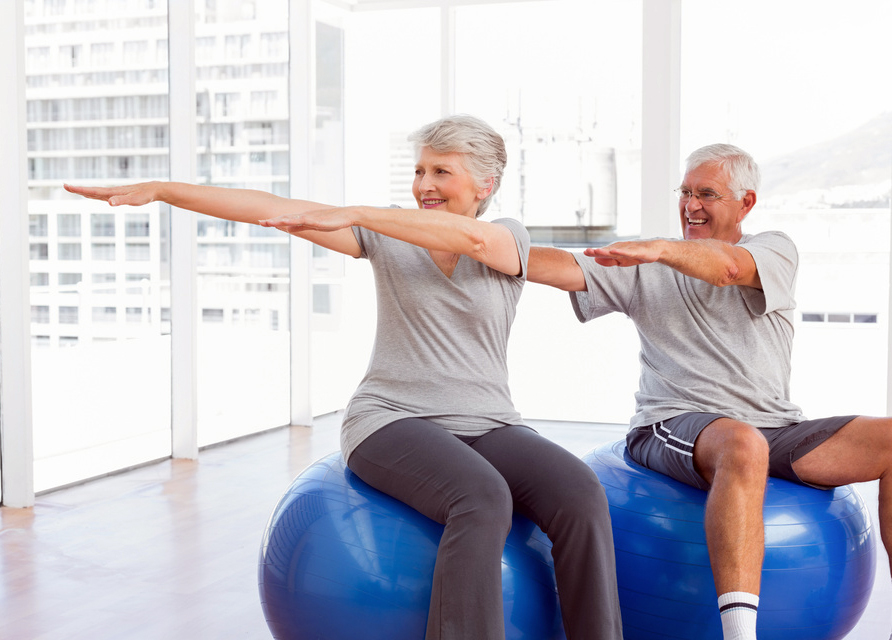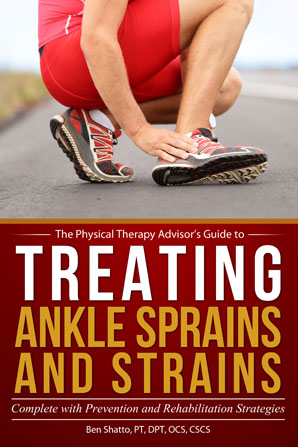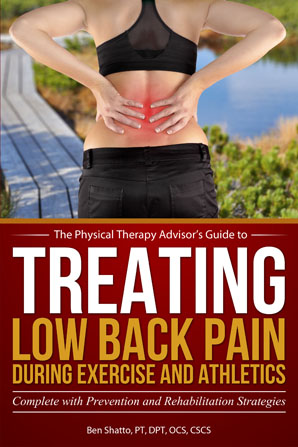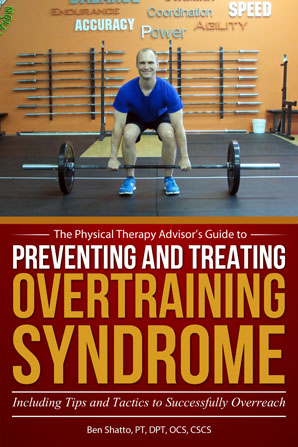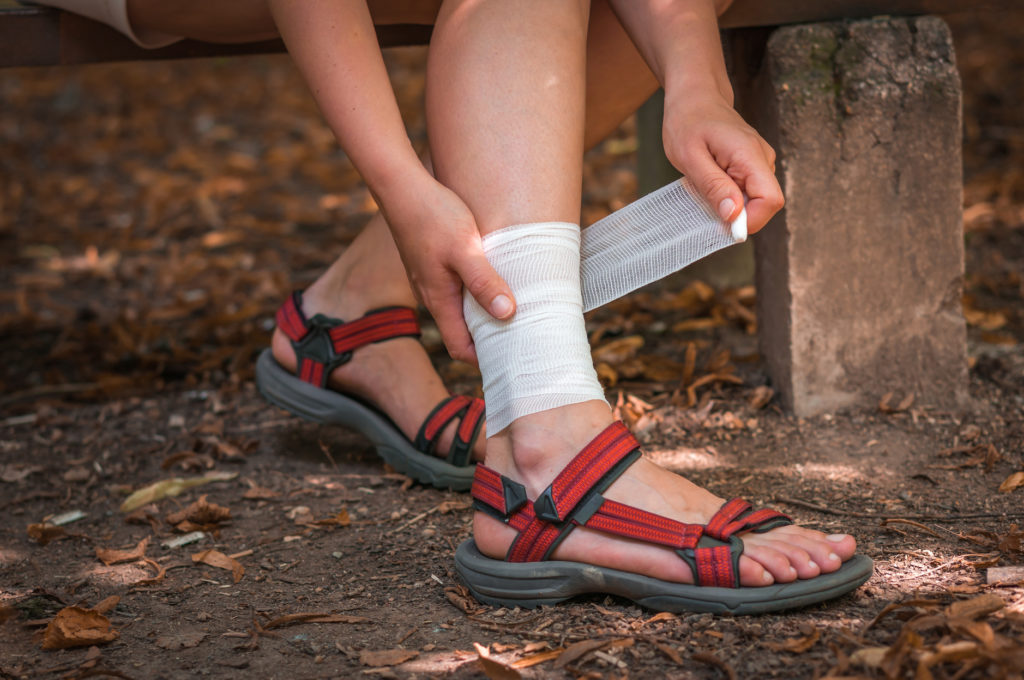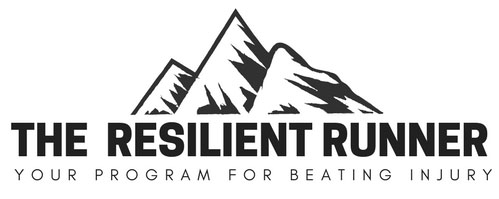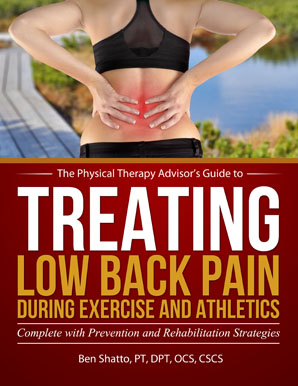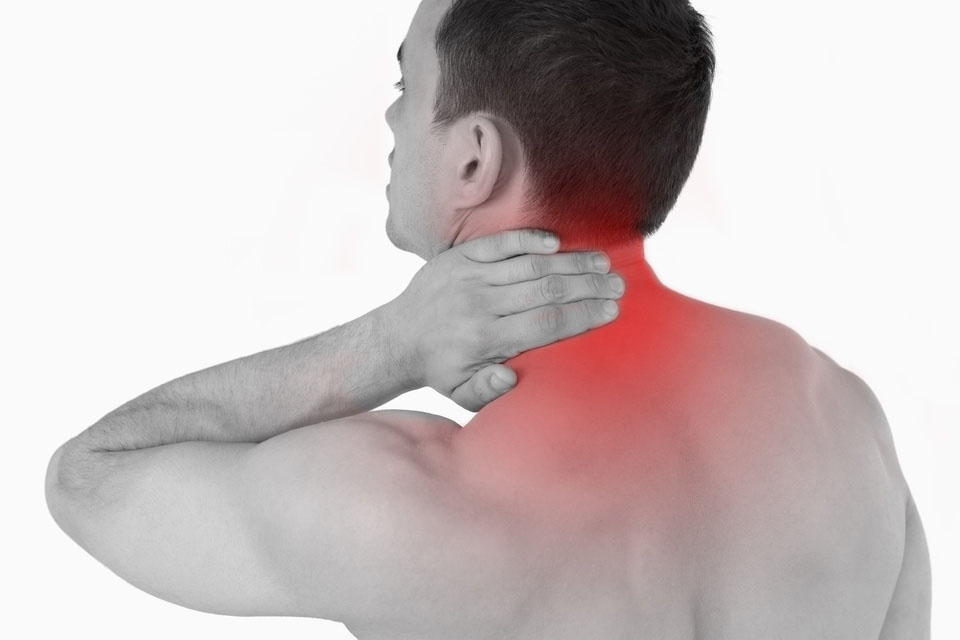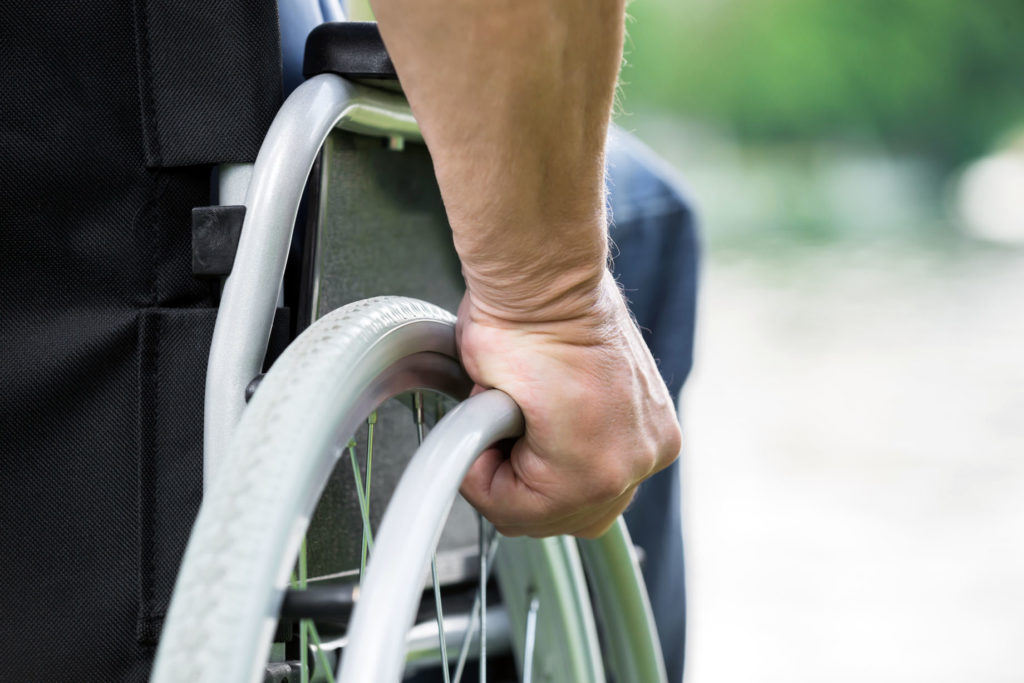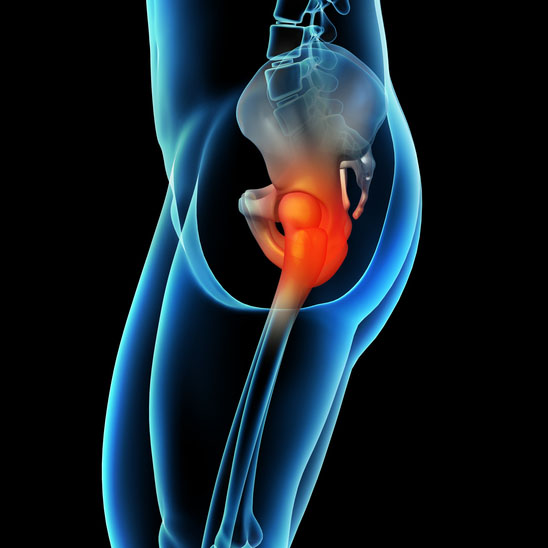There are many reasons and factors that affect a person’s ability to heal and recover from an injury or illness. One of the most common, yet the most basic, reason is poor nutrition. The healing tissue and the body may not be receiving the proper base components to actually heal. In Part 4 of the series, Why You Won’t Heal, I address how poor nutrition can negatively impact how one heals from an injury or illness. Consuming the right foods to provide the proper nutrients for your body is critical in order to fully heal and recover from an injury or illness.
Two Reasons Why Nutrients aren’t getting to the Injured Area:
1. The injured area or tissue just isn’t getting adequate nutritional and growth factors to the actual tissue.
This is a logistical delivery issue. For example, the blood supply to the injured area may be compromised. Without a proper blood supply to the healing tissues, the area will not receive vital nutrients and healing factors which is a critical component of the healing process.
One possible reason for poor blood supply may be due to dysfunction in one’s cardiovascular system (such as heart disease or atherosclerosis, the hardening and narrowing of the arteries). Another reason may be that the injury is to a tissue that inherently has a poor blood supply such as cartilage tissue. In the case of lumbar discs, they rely more on movement than blood supply to circulate nutrients.
If it’s not a delivery issue, then there are cases where it may be an absorption issue. This can occur in the case of a digestive related issue that affects the body’s ability to actually get the needed nutrients from the consumed food into a useable form in the body. This includes conditions such as Crohn’s disease and leaky gut syndrome.
2. A person’s food choices and lifestyle are not allowing for the body to have the base nutrients needed to actually heal from the injury.
Sadly even in western societies where food is overly abundant, so is malnutrition. I work with clients who are obese and have access to an adequate amount of food with plenty of caloric intake to survive, yet they are so nutrient deficient that their rehabilitation potential is very poor. An abundance of food and calories does not necessarily equal adequate amounts of nutrients and micronutrients to be healthy. This is the primary problem behind our obesity epidemic including metabolic syndrome, diabetes, and heart disease.
As a physical therapist, I help to educate my clients about a wide variety of strategies from advice on exercise, hands-on techniques (such as myofascial and joint mobilizations), and self-care techniques (such as basic nutrition) because it’s a critical component in how a person can heal and recover from an injury or illness.
Many of my clients have the following conditions which have a nutritional component to them: osteoporosis; sarcopenia; autoimmune diseases; metabolic syndrome; diabetes; and heart disease. Even when a client doesn’t have a specific systemic condition, proper nutrition is still a factor on how an injury will heal whether it’s from an ankle sprain or from a knee or a shoulder surgery.
Often times, I will work with a physician, registered dietitian or nutritionist to help educate my client on proper eating habits. I also commonly refer clients to certain books, such as Dr. Josh Axe’s Eat Dirt: Why Leaky Gut May Be the Root Cause of Your Health Problems and 5 Surprising Steps to Cure It, which can help to educate them on number of different topics.
As a physical therapist, it’s not uncommon for me to see someone who is struggling with healing from an injury. He/she may be performing the right exercises and receiving the proper treatment, yet he/she is unable to properly heal because his/her body doesn’t have the proper nutrition level to allow the healing to occur. It is important to remember that poor eating habits not only sabotage your results, but can also lead to severe chronic illnesses.

Focus on your Recovery Nutrition
In order to fully heal and recover from an injury or illness, consuming the right foods to provide the proper nutrients for your body is critical. The majority of your diet should be from real food. My personal belief is that food which is minimally processed, organic and/or home grown is likely to have a higher nutrient load and will therefore be healthier for you. Your body simply cannot heal and recover quickly or adequately when substandard fuel “food” is consumed.
In today’s society, it’s possible to have an overabundance of calories and still be nutritionally deficient and malnourished. It’s critical to focus on nutrient rich food and avoid “empty” calories. That includes food which has no nutritional value (junk-food).
Maintaining muscle mass is critical for recovery and rehabilitation as well as for injury prevention. Initially, focus on macronutrients (fat, protein, and carbohydrates) when it comes to food. During the rehabilitation process, focus on a diet high in protein from many sources (plant and animal-based), high in fruits and vegetables, and low in processed carbohydrates.
Newer research concludes that as a person ages, his/her protein needs do not actually decrease, but remain elevated as the body’s ability to process protein decreases. It’s important to have higher amounts of protein available for use. During recovery, additional protein is often needed to insure healing tissues have the building blocks necessary for recovery. For more information on protein supplementation, please refer to How Much Protein Do I Really Need?
Each person is different as is the recovery process and one’s prior health status. The diet should be tailored to your individual needs. There isn’t just one perfect diet plan—these are only guidelines. Please discuss your dietary concerns with your medical provider.
Supplementation
The ultimate goal with supplements is to aid your body in improving health and nutritional status. Try to choose the most natural products as possible and experiment to see what works best for you. Look for supplements that don’t contain extra fillers, sweeteners or additives.
The following list includes my most common recommended supplements to take during the rehabilitation process:
Protein
Protein is a critical macronutrient that is highly important in maintaining the building blocks needed to support the muscular system (including skin and tissue). Additional protein is often helpful during the recovery process if you have experienced a muscle or tissue injury. Additional protein in your diet can stabilize blood sugars and satiate your appetite.
Capraflex
My most recommended supplement to help recover from injury is CapraFlex by Mt. Capra. It combines an organic glucosamine and chondroitin supplement with other natural herbs which are designed to reduce inflammation. CapraFlex can be taken long term or intermittently. I use it to help recover from acute injury.
Magnesium
Magnesium is a critical component of bone health and health in general. Magnesium helps the body to regulate calcium levels. This has a positive effect on bone health and also has been proven to reduce the risk of kidney stones.
You can take Mag Glycinate in pill form or by eating foods higher in magnesium such as spinach, artichokes, and dates. Most people are deficient in the amount of magnesium they consume on a regular basis. I recommend beginning with a dose of 200 mg (before bedtime) and increasing the dose in 100 mg intervals as needed. I would caution you that taking too much magnesium can lead to diarrhea. Mag Glycinate in its oral form is the most highly absorbable. Although not as absorbable, Thorne Research Magnesium Citrate and magnesium oxide can also be beneficial.
Vitamin D3
Vitamin D3 is critical to the absorption of calcium through the intestinal wall which is important for bone health. It’s also a critical nutrient in maintaining a healthy immune system. However, there are potential cardiac risks to over supplementation. A healthy varied diet will typically supply adequate calcium levels (assuming that adequate Vitamin D3 levels are present for absorption and that you are avoiding drinking soda).
Vitamin K2
Research indicates that Vitamin K can help to reduce bone loss by helping the body regulate osteoclast function within the bone. An osteoclast is a type of bone cell that breaks down bone tissue. These very important cells are integral in maintaining proper bone density and insuring an appropriate amount of calcium in the blood stream. Without adequate calcium, many critical cell functions can be affected (including heart function). Both Vitamin K1 and K2 have been proven to reduce the risk of fractures, including hip and vertebral. Vitamin K (best found in green leafy vegetables) has anti-coagulation benefits. If you take blood thinning medications, your physician will need to know how much you consume on a regular basis.
Coconut Oil
In past years, there has been a real push for toward a low fat diet. However, people have forgotten that fats are a critical macronutrient when consumed at reasonable levels and via real foods (such as coconut oil or avocados). The nervous system relies on adequate levels of fats and cholesterols to be present. Insuring the proper amount of fat consumption is critical when healing from a neurologic injury or condition. It’s also helpful for weight loss because it can satiate your appetite.
Super Greens
Green super foods, such as spirulina algae, chlorella algae, and wheat grass are packed high in antioxidants. They can have a cleansing and an alkalizing effect which will decrease your inflammation level and aid in recovery. Super greens boost your immune system and are generally good for you. I think the argument can be made that algae is the king of “super” foods. It is likely the most important food/supplement most people are not taking.
I am particularly fond of supplementing with algae as a super food because it addresses many of the most common nutrients needed during rehabilitation. Algae have high levels of protein as well as magnesium and other critical micronutrients in order to help you recover.
My new favorite way to add greens and protein in general is a supplement called ENERGYbits® and RECOVERYbits®. They are made from organically grown NON GMO spirulina algae or chlorella algae. Spirulina algae have a high concentration of plant-based protein (64%). It also contains 40 vitamins and minerals including iron, nitric oxide, Omega-3, and all of the B vitamins. Chlorella is high in protein. It also has detoxing properties and an impressive micronutrient profile.

Because of their overall nutritional profile I now consider spirulina and chlorella algae a top rehabilitation and recovery supplement. I recommend taking 30-45 of these small tablets per serving. I recommend swallowing them whole, but you can chew them.
If you want to learn more about algae be sure to listen to Ben Greenfield’s interview with the founder of ENERGYbits®, Catharine Arnston, on the benefits and importance of algae. Please refer to Is This The Most Dense Source Of Nutrition On The Face Of The Planet?
In full disclosure, I am now an affiliate for ENERGYbits®. I signed up primarily to get the same 20% discount I can offer you. You can only purchase them online, so when you check out, just enter discount code PTAdvisor for 20% off all products.
BUY NOW
Adequate nutrition is an important component to the rehabilitation and recovery process. There is a direct correlation between your nutritional status and your ability to heal. Each of us has different needs based on our individual health status.
As a physical therapist, I offer general guidelines based on what has worked for my past clients. However, I recommend that you find a nutritional expert to be part of your rehabilitation team as well. If you are not healing from your injury, it’s very important to insure that any and all dietary concerns are properly addressed. Don’t skip this step as poor nutrition can and will derail your recovery process.
Have your food choices positively or negatively affected your recovery from an injury or illness? Which supplement might you consider taking? Please leave your comments below.
If you have a question that you would like featured in an upcoming blog post, please comment below or submit your question to contact@thePhysicalTherapyAdvisor.com. Be sure to join our growing community on Facebook by liking The Physical Therapy Advisor!
